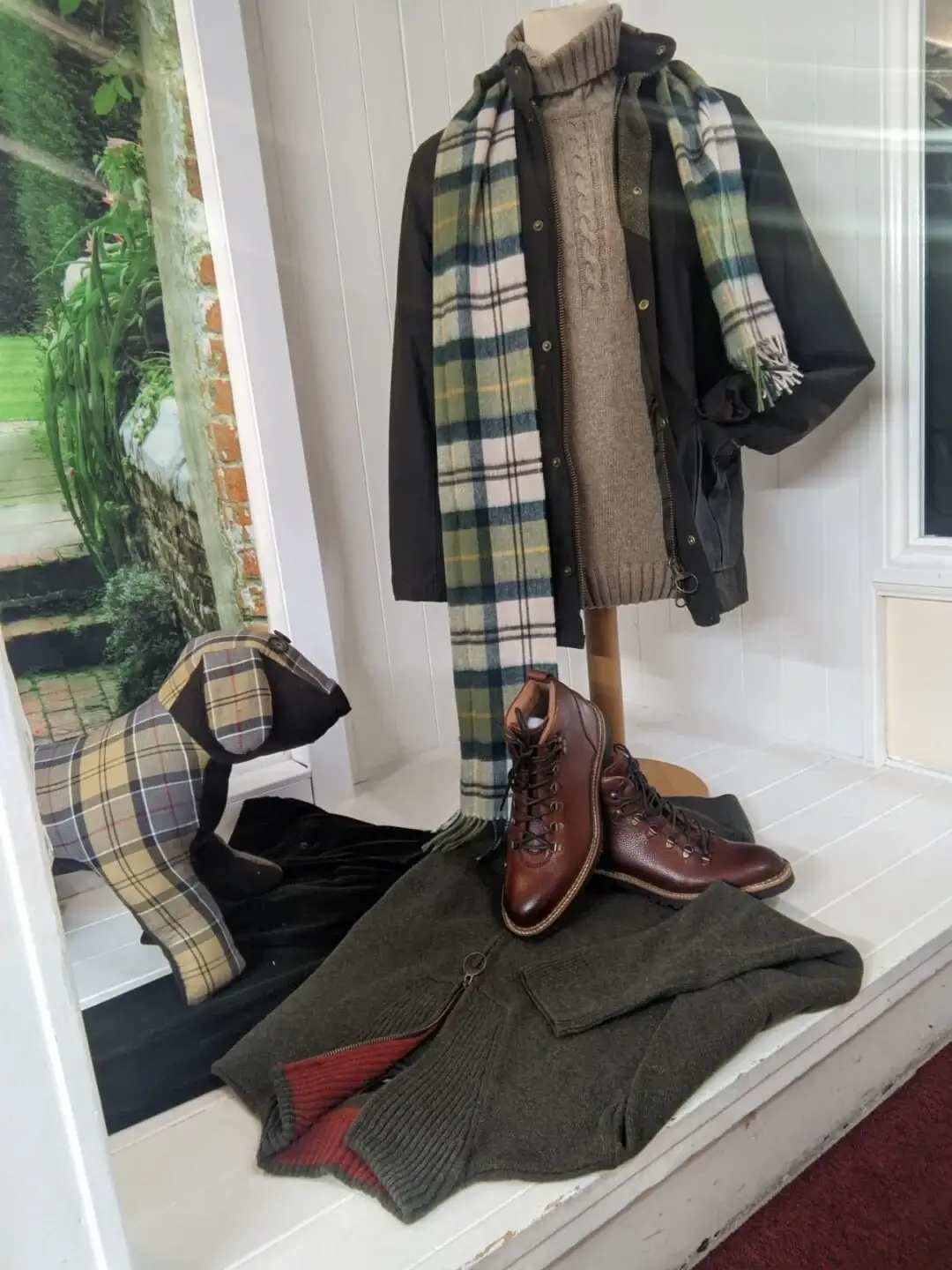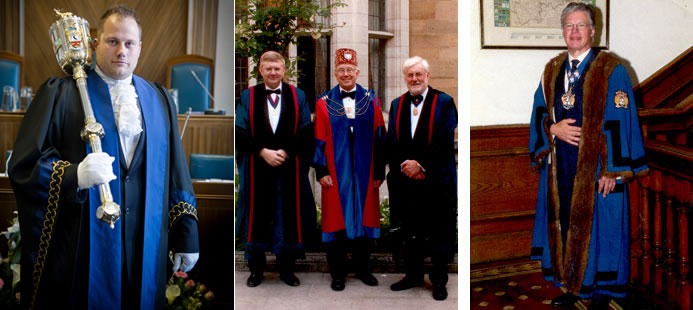As graduation day approaches, most people are familiar with the ceremony’s proceedings and the attire graduates are expected to wear.
Watching graduates cross the stage in full academic dress to receive their diplomas or degrees is a sight to behold.
For many, this will be a unique opportunity to wear such regalia, marking a significant achievement and a day filled with pride and joy, shared with proud family and friends.
..but it’s easy to overlook the origins of the traditional robe, hood, and cap. Why do we wear these distinctive garments, and where did this tradition begin?
The Historical Origins of Academic Dress
The academic dress worn today has an interesting history, dating back to the 12th century when universities were entirely clerical institutions of teaching, specifically of Latin and biblical studies.
The clerics (students) at that time were subject to the laws of the church, where the expectation was that they dressed according to seriousness of the education they undertook.
Later the ‘Sumptuary Laws’ in the Tudor times also played a part in what the shapes and colours could be used, with the use of scarlet being reserved only for royalty, bishops, senior university officials including Doctorates.
Cappa Clausa
The strict rules about excessive apparel required that the clerics wore a simple style of the traditional robe called a cappa clausa.
The cappa clausa was a voluminous garment that was over the top of a cassock, it was sleeveless and closed with only a slit in the front for arms to pass through.
This was then replaced by the more functional pallium which had an opening on either side of the robe.
The Houppelaunde
It wasn’t until the mid-13th century that secular fashion had bearing on the robes styling. The houppelaunde is responsible for the shape of most ceremonial robing including academic and livery gowns.
It was an outer garment that had the large draping sleeves, we now associate with most academic gowns but primarily that of the Bachelor’s robe.
As universities became institutions of study beyond that of religious studies, academic dress became a way to identify both the subject and university of the wearer.
Academic dress today
Academic dress today closely mirrors the designs worn in medieval times, though without the historical limitations on gown and hood colours.
The vibrant colours and materials used for the hoods, and sometimes the robes, at the University of Oxford symbolize the awards given to graduates, with each colour representing a specific degree and level.
Academic dress is also worn by university members during ceremonies, examinations, and some official meetings, serving as a distinctive marker among their peers.
In summary, while academic dress has remained largely unchanged over time, it continues to be worn with pride and a profound sense of achievement, visually representing a student’s success at their chosen university.







